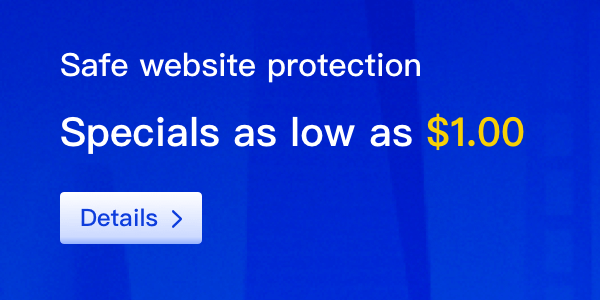In today's digital age, website protection is more important than ever. With an increasing number of cyber threats and attacks, it is crucial to keep your website secure. Here are some best practices for website protection that will help you keep your site safe and secure.

Keep Your Software Up-to-Date
Keeping your software up-to-date is one of the simplest and most effective ways to protect your website from cyber attacks. This includes your content management system (CMS), plugins, and other software you use. Hackers often target outdated software because it can have vulnerabilities that they can exploit. Software updates often include security patches that fix these vulnerabilities, so it's important to keep your software up-to-date.
Use Strong Passwords
Using strong passwords is another essential step in website protection. Weak passwords are easy for hackers to guess, so it's important to use complex passwords that are difficult to crack. Avoid using the same password for multiple accounts, as this can make it easier for hackers to access your accounts.
Implement SSL
Secure Sockets Layer (SSL) is a security protocol that encrypts data sent between a website and its users. Implementing SSL can help protect your website from attacks such as man-in-the-middle attacks, which can intercept data as it is transmitted. SSL also helps to build trust with your website visitors as it shows that your website is secure.
Backup Your Website Regularly
Backing up your website is another important step in website protection. This ensures that you have a copy of your website's data and files in case of a security breach or other issue. Make sure that you back up your website regularly, and store your backups in a secure location. This way, you can quickly restore your website in case of an attack or data loss.
Monitor Your Website
Monitoring your website is crucial for detecting and responding to security threats. Use tools such as website security scanners, intrusion detection systems, and log analyzers to monitor your website for suspicious activity. Regularly reviewing your website logs can help you identify any unusual activity, such as unauthorized access attempts or changes to your website.
Use Two-Factor Authentication
Two-factor authentication is an additional layer of security that requires users to provide two forms of identification before accessing your website. This can include a password and a verification code sent to a user's phone or email. Two-factor authentication can help prevent unauthorized access to your website, even if a hacker has obtained a user's password.
By following these best practices, you can help keep your website safe and secure. Protecting your website is an ongoing process, so make sure that you stay up-to-date on the latest security trends and threats. Implementing these strategies can help you stay one step ahead of cyber attackers and protect your website and your users' data.






















